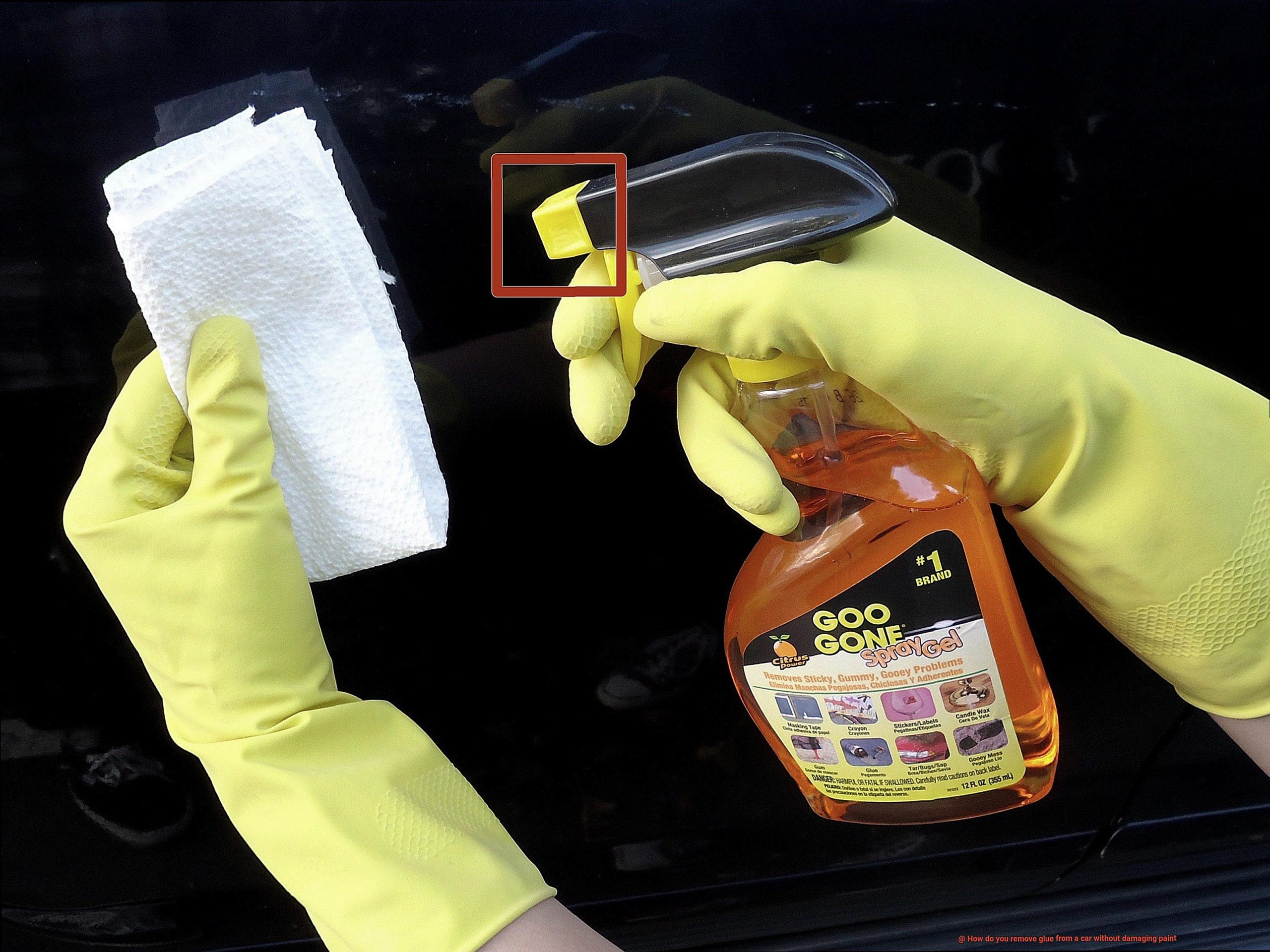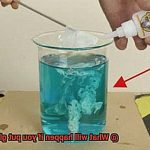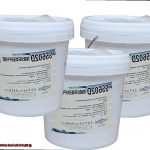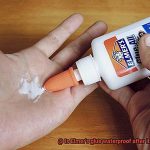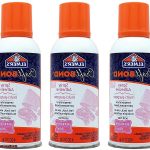Do you love your car more than anything else in the world? Are you paranoid about anything that might damage its shiny paintwork? We know the feeling. Even a small sticker or glue residue on your car can be a nightmare. But don’t worry, we’ve got your back. In this post, we’ll share with you a simple and effective technique to remove glue from a car without damaging its paint.
But before we dive into that, let’s talk about why it’s so important to remove adhesive from your car as soon as possible. If left unattended, glue residue can harden over time and become increasingly difficult to remove. Worse still, it can cause scratches and other damage to your precious car. That’s why it’s crucial to act fast and remove adhesive safely and efficiently.
So, what do you need to get started? Don’t worry; you won’t need any fancy tools or equipment. Just gather some basic items like rubbing alcohol, microfiber towels, and a plastic scraper. Once you have everything ready, follow our step-by-step guide on how to remove glue from a car without harming its paint.
Whether it’s an old bumper sticker or tree sap that has left its mark on your car, our DIY solution will help you get rid of that pesky adhesive once and for all.
So, let’s get started.
What is Glue and How Does it Damage Paint?
Contents
- 1 What is Glue and How Does it Damage Paint?
- 2 Specialized Glue Remover: The Most Effective Method
- 3 Heat Guns and Hair Dryers: An Alternative Method
- 4 Rubbing Alcohol or Vinegar: A Traditional Approach
- 5 Warm Water and Soap: A Simple Solution
- 6 Safety Precautions When Removing Glue from a Car
- 7 Conclusion
Glue is an adhesive substance that is widely used to bond materials together. It can be made from a variety of materials such as animal hides, plant extracts, and synthetic polymers. In the automotive industry, it’s commonly used to attach side mirrors, emblems, and trim pieces.
However, if glue is left on a car’s surface for too long, it can cause severe damage to the paint. Most glues contain chemicals that can break down the paint’s protective coating and seep into the layers underneath. Over time, this can cause the paint to discolor or even peel off entirely – a costly repair no one wants.
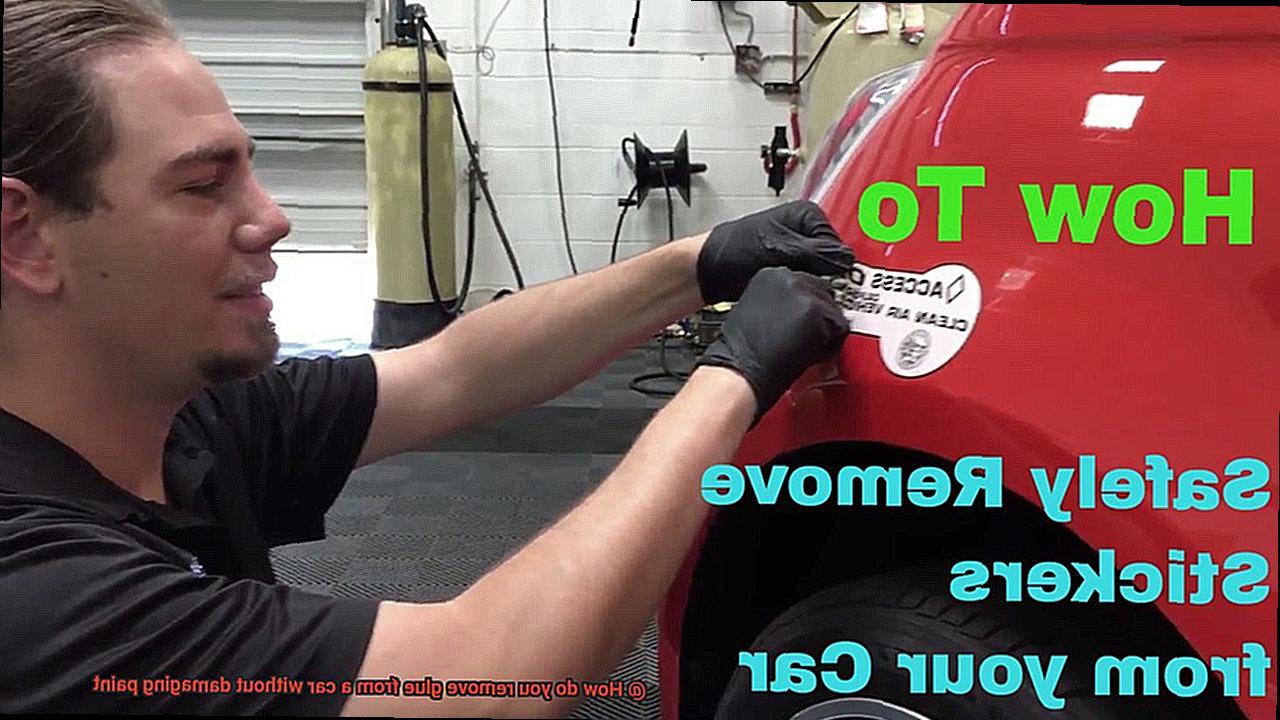
So, how do you remove glue without damaging your car’s paint? There are several methods you can try, but it’s important to choose a method that is safe for use on automotive finishes and to test a small area first before proceeding with any large-scale removal.
One of the most effective methods is using a specialized glue remover that’s safe for automotive paint. These products are designed to dissolve the glue without harming the paint or clear coat. Another way is to use a heat gun or hair dryer to soften the glue, making it easier to remove. However, caution must be taken when using heat as too much can cause damage to the paint.
A more conventional method for removing glue from a car is to use rubbing alcohol or vinegar. These substances can be applied to a cloth and rubbed onto the glue until it dissolves. However, it’s crucial to test a small area first to ensure that neither alcohol nor vinegar harms the paint.
In some cases, warm water and soap may do the trick. This method is best suited for removing small amounts of glue residue but should still be used with caution as too much water can cause damage.
Specialized Glue Remover: The Most Effective Method
Don’t let it ruin your car’s paint job. Luckily, there’s a safe and effective solution that won’t damage your car: using specialized glue remover.
Specialized glue removers are specifically designed to dissolve adhesives without harming the car’s finish. However, it’s crucial to choose a high-quality specialized glue remover that is safe for automotive use. Don’t risk damaging your car with a cheap and quick fix – invest in a product that will do the job right.
Before applying the specialized glue remover, always test it on a small, inconspicuous area of your car’s surface to ensure it won’t damage the paint. This step is crucial because some products may contain harsh chemicals that can corrode or discolor the paint. Safety first.

Once you have confirmed that the specialized glue remover is safe to use, follow the instructions carefully. Apply the glue remover to the affected area and let it sit for a few minutes as directed. After the glue has dissolved, gently remove the residue using a plastic scraper or soft-bristled brush. Whatever you do, never use metal scrapers or abrasive materials that can scratch or damage the paint.
After removing all of the glue residue, rinse the area with clean water and dry it thoroughly with a soft cloth. Remember that specialized glue removers can be harsh chemicals and should be used with caution. It’s recommended to wear gloves and protective eyewear when using them and work in a well-ventilated area.
Heat Guns and Hair Dryers: An Alternative Method
Don’t fret. Along with specialized glue removers, heat guns and hair dryers can come to your rescue as an alternative method. These tools can safely remove glue without harming the paint job on your precious vehicle.
To use a heat gun or hair dryer, start with the lowest heat setting. Hold the tool about six inches away from the glue and move it in a circular motion to distribute the heat evenly. After a few minutes, the glue should become soft and pliable, allowing you to effortlessly scrape it off with a plastic scraper or credit card.
However, while these tools can be a great help, it is crucial to handle them with care. Overheating can cause damage to the paint and even lead to a fire hazard. Therefore, it’s important to work slowly and carefully and only on appropriate surfaces.
It’s essential to avoid using heat guns and hair dryers on plastic parts of the car as they can melt or warp. Also, steer clear of old or oxidized paint as the heat can cause further damage.
Using heat guns and hair dryers as an alternative method for removing glue from your car’s surface can be a game-changer. With proper caution and technique, you can achieve a smooth and safe removal without causing any harm to your car’s paint.
Rubbing Alcohol or Vinegar: A Traditional Approach
Removing it may seem like a daunting task, especially when you don’t want to damage your car’s paint job. But don’t worry, there are traditional approaches that have proven effective in removing glue residue without causing any harm to your car’s exterior. In this post, we’ll explore the use of two popular household items – rubbing alcohol and vinegar – as effective solutions for removing glue from a car.
Rubbing alcohol is a common ingredient in many household cleaning products and is readily available at most drugstores. It is an excellent solvent that can break down the adhesive properties of the glue, making it easier to remove. To use rubbing alcohol, simply soak a cotton ball or cloth in the alcohol and apply it directly to the affected area. Allow the alcohol to sit for a few minutes before wiping away the glue with a clean cloth. Repeat the process if necessary until all of the glue has been removed.
Another effective household item for removing glue from a car’s surface is vinegar. Vinegar is an acidic substance that can dissolve the glue while being gentle on your car’s paint job. To use vinegar, mix equal parts white vinegar and water in a spray bottle and apply the solution directly onto the affected area. Allow the mixture to sit for several minutes before wiping away the glue with a clean cloth. Repeat as necessary until all of the glue has been removed.
It’s important to note that while rubbing alcohol and vinegar are generally safe for use on car paint, it’s always best to test a small, inconspicuous area first before applying either substance onto the entire affected area. Additionally, avoid using any abrasive materials or tools when removing glue from a car as these can scratch or damage the paint.
Warm Water and Soap: A Simple Solution
Removing stubborn glue residue from a car’s surface can be a daunting task, particularly if you want to avoid damaging its paint job. However, there is a simple solution that you can use to get rid of that pesky glue residue – warm water and soap. This method is not only easy and safe but also effective for removing adhesive residue that has not hardened or dried completely.
To begin, gather some warm water in a bucket and add a few drops of dish soap. Mix it well until it forms a soapy solution. Then, dip a soft microfiber cloth in the solution and wring out the excess water. You want the cloth to be damp, but not dripping wet.
Next, place the damp cloth over the glue residue on the car’s surface and let it sit for a few minutes. This will allow the warm water and soap mixture to penetrate the glue and loosen its grip on the paint. After a few minutes, gently rub the cloth over the glue residue in circular motions. You should start to see the glue coming off easily.
If there is still some stubborn glue residue left on the car’s surface, you can repeat this process until it is all removed. Once you have removed all of the glue residue, rinse the area with clean water and dry it with a soft cloth.
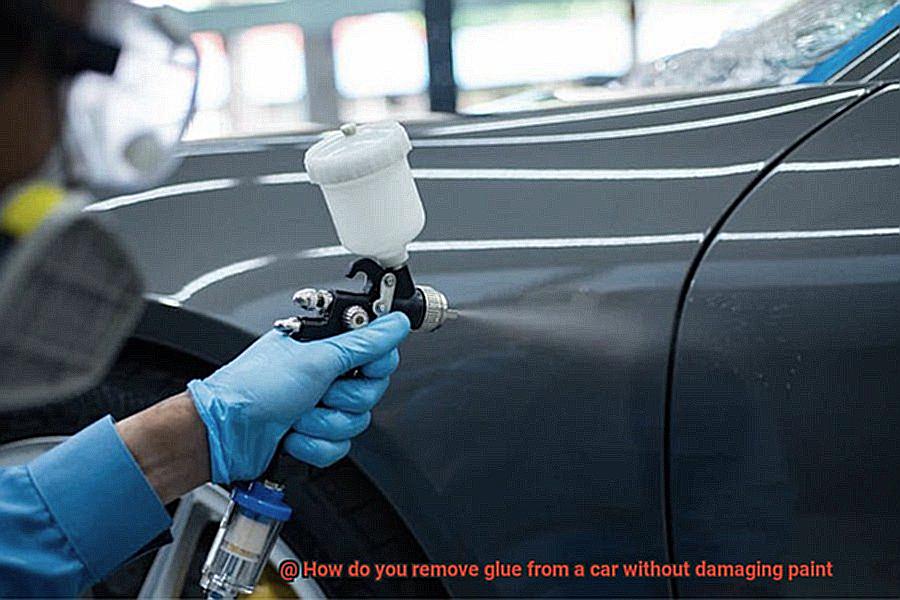
It’s important to note that this method may not work for all types of adhesives or if the glue has hardened or dried completely. In such cases, seeking professional help or using specialized products designed for removing tough adhesive residue from cars would be best.
Safety Precautions When Removing Glue from a Car
Removing glue from a car can be a delicate process that requires utmost safety measures. To protect yourself and your vehicle, it is crucial to take certain precautions before starting the removal process.
To begin with, always wear protective gear such as gloves and safety glasses to prevent any accidental contact with the glue or any chemicals used in the removal process. It is equally important to work in a well-ventilated area to avoid inhaling any harmful fumes.
Before commencing, it is essential to read and follow all instructions on any chemicals or products being used. Also, test any product on a small, inconspicuous area of the car first to ensure that it won’t damage the paint.
When using chemicals or solvents, ensure you follow proper disposal procedures to prevent environmental harm. It is also vital to keep these products away from children and pets.
In situations where the glue is particularly stubborn or difficult to remove, seeking professional help from an auto detailing or body shop may be the best course of action. These professionals have the necessary expertise and tools to safely remove the glue without causing any damage to your car’s paint.
E6Jdy-7oshc” >
Conclusion
In conclusion, removing glue from your car without damaging its paint can seem like a daunting task. But don’t fret – it’s crucial to remove the adhesive as soon as possible to avoid any further damage to your car’s beautiful finish. Luckily, there are several methods that you can use to safely and efficiently remove glue from your car.
One option is using specialized glue removers or heat guns and hair dryers. You can also try rubbing alcohol or vinegar, or even warm water and soap. Just make sure that you choose a method that is safe for automotive finishes and test a small area first before proceeding with any large-scale removal.
When using chemicals or solvents, make sure that you wear protective gear such as gloves and safety glasses and work in a well-ventilated area. And don’t forget to follow proper disposal procedures to prevent environmental harm and keep these products away from children and pets. In some cases, seeking professional help from an auto detailing or body shop may be the best course of action.
Remember, your car is precious. You want it looking its best at all times. With our easy-to-follow guide on how to remove glue from your car without harming its paint, you’ll be able to restore your car’s shiny exterior in no time.

